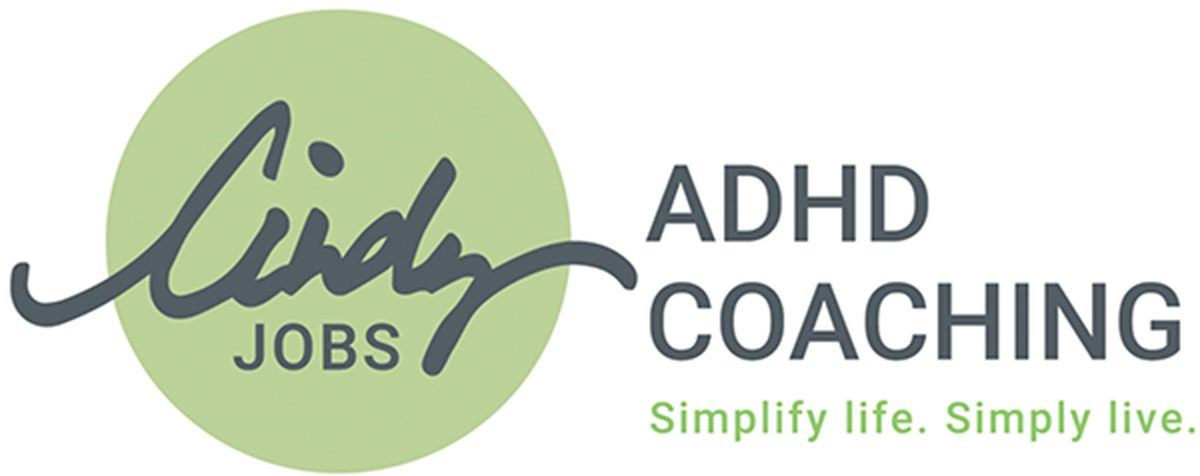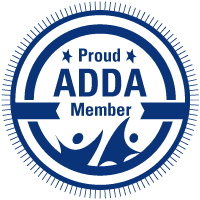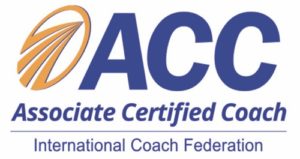I’m the first to admit that I’m geographically challenged. Put me in a strange, or even familiar, city and challenge me to get from here to there and I may not have a clue whether to go East or West.
My husband, on the other hand, inherently knows North-South-East-West. So getting from here to there takes little effort for him. Although he occasionally uses traffic assist devices, he can get where he needs to go on gut feel and autopilot.
Why is this analogy important?
Getting from where we are to where we want to go requires us to take new roads and try new things. This is where traffic assistance-like devices come in handy.
Let’s say you want to institute a new habit like exercising more. To ensure you don’t get off track, enlist your version of traffic assistance.
The first course of business is to determine your “destination,” i.e., exercising three times a week for 30 minutes per session.
The next thing to do is define your “roadmap,” i.e., getting on the treadmill Monday-Wednesday-Friday at 7:00 AM.
Weeks one and two require significant assistance. You may enlist visual reminders (a note on the mirror reminding you, “Today is a workout day!”). And you may also request frequent accountability check-ins (a trusted support person giving you an exercise version of “In 300 feet, take a left-hand turn on Smith Street” and “If safe, make a U-Turn.”).
By weeks three and four, you’re pretty good about setting your clothes out the night before and not getting side-tracked by a cup of coffee before exercising. After that, you require consistent yet less significant assistance. Rather than check-ins every day, you ask someone to check in on your progress at the end of the week. Picture this as not using your traffic assistance every day, only when heading into uncharted territory like a vacation.
By weeks five and six, you’ve nailed it. You are regularly exercising without visual reminders or accountability check-ins. The exercise traffic assistance support has indicated “you have reached your destination.” From here on out, you are on autopilot.
This is a simple analogy of how we transition from relying on traffic assistance to confidently being on autopilot. The theory is the same; however, any time we make a move into uncharted territory.
When we want to make a change, we need to take a new path. Often, taking that new path requires assistance to ensure we don’t get lost. But, over time, as the path becomes increasingly ingrained, we need less and less help.
Although I’d like to believe I could make a trip from Seattle to New York on autopilot, I know the trip would be easier and much more efficient if I used a traffic assistance device.
What journey have you been postponing because you don’t have the assistance you need to get there? What support do you need to start the journey, and what assistance would be helpful to ensure you stay on track?
Cindy Jobs, PCAC, ACC
Looking for more information?
Click here for ADHD-friendly Time Management Tools
Click here to schedule a complimentary breakthrough session.
For more helpful information, follow me on Facebook.







